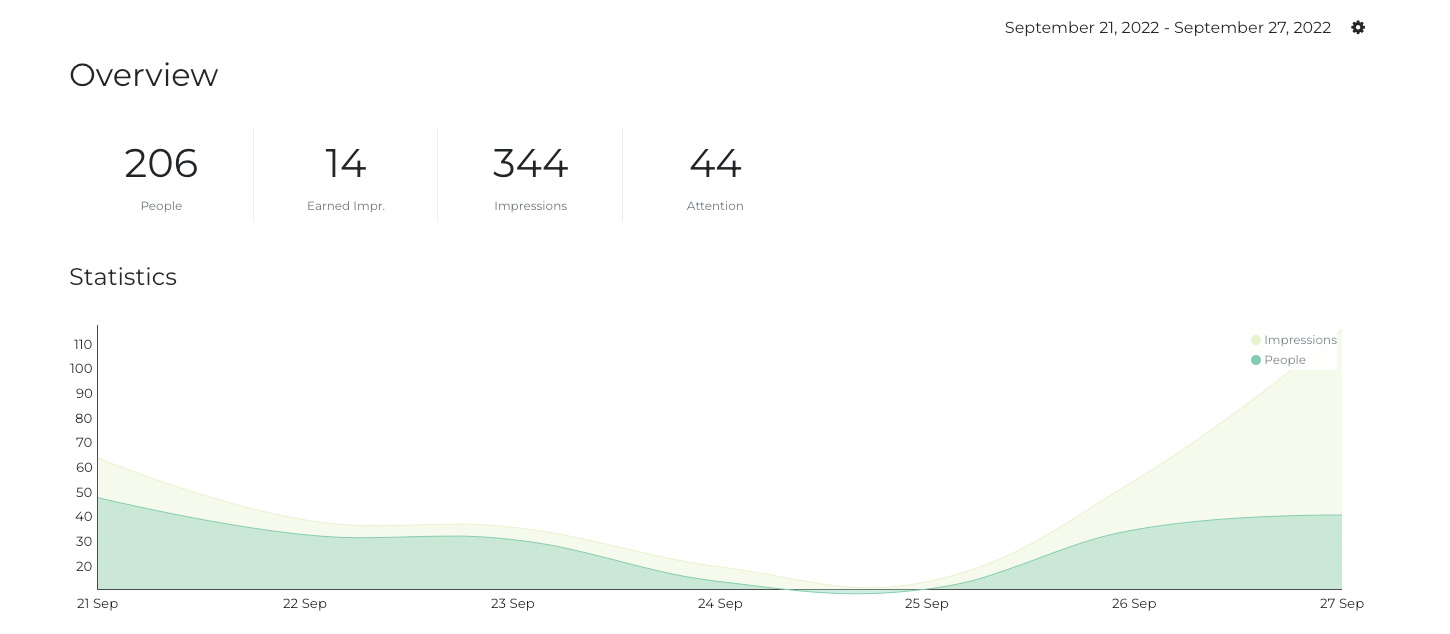Measuring the success of branded content is not as hard you may think.
I like to try boil it down to three things.
- How many people did I reach
- What was the quality of that reach?
- What did they do next?
Our approach at Nudge, is to help simplify your job, we help you identify the best content with content measurement, then get more eyeballs on that content through insights. It’s content measurement and analytics in a box.
Best content is defined as content that persuades your audience to take the desired outcome, that turns the dial on your business.
i.e. you are selling cars, you want buyers to consider buying your car, you measure that through store locator usage.
What are the metrics for Branded Content?
For reach, you want to understand how many unique people consumed your content, repeat visits are ok, but first you want to maximize exposure within your audience. These help you understand content quality.
Then on quality, quality if a subjective term but you can use an array of metrics to demonstrate unequicoally that the content is high quality.
- You want to see how much active time (Attention Minutes) they spent on the content. Time on Page isn’t a good measure, more on why content marketers should pay attention to attention minutes.
- Average scroll backs this up, how far are people scrolling down, is the average getting past half way.
- Earned impressions, when the content is shared do people click through? Shares aren’t enough you want the proof that it resonates with an audience.
What they do next -> this is measuring the actions after reading the content. Signing up to a newsletter, booking a demo, making a purchase. You want to capture direct click and view through conversions, that is if someone goes away and comes back then takes the next step. As a baseline conversion you want to be in the range of 1.5 – 5%. If you’re below this there’s work to be done, if you’re above – great! It’s probably worth investing in a bit more advertising to bring people in.
Then as a marketer, your branded content scorecard is easy:
- How many people did we reach?
- Was the quality of the content high?
- How many people took the next step?

How do you balance, social content vs content on owned properties?
Lets say your content, was like a movie and when you launch a movie, you get your stars to go on all the talk shows, attend screenings to help promote the movie. You send your Brad Pitts, your Angelina Jolies to chat with Fallon, with E! but ultimately they’re all doing that to help encourage people to go and see the movie.
This is the same relationship social content has for brands.
When you post in social, it’s about attracting an audience that is already there but ultimately you want them to come back to your hub. Your owned asset.
The more spokes you have on the hub, the more you will see back at your owned assets. The way to measure the effectiveness of this, is to tag and see how each of these outposts sends people back to your owned asset.
What’s the ROI of Branded Content?
Often asked and often never answered. If you apply the methodology above it becomes easy. How much did I invest and how much down the funnel activity did I get?
Things we see that impact ROI can be:
- Creating too much content, not focusing enough on quality.
- Under-utilization of the best content, if you have content that converts, invest more time in that.
- Not distributing content, using emails, influencers, native.
How do branded content and native content work together?
By now, you can tell I love analogies, so here’s the next one. Think of a cake, a Magnolia Bakery cake. Content is the cake, native is the icing on the top.
The cake is enhanced by the icing and the icing without the cake! You can of course have icing without the cake, it’s just different, more on that here: all content marketers should do native but not all native advertisers should do content marketing.
But so, there are two key approaches to using native with your branded content.
- Standardized native ad units, like ShareThrough, OutBrain, TripleLift.
- Native content, paying for content on a publishers site
The common thread is native gets fresh eyeballs on your content.
For the first, you can leverage Nudges suite of tracking, to ensure that the paid sources you are using are driving quality traffic and to link that through to conversion. More on that here.
For the latter, you are using it to help reach an audience (think about our talk show analogy) that you aren’t reaching at the moment. But you want to use it as a feeder in to your content funnel, our Hollie-Blue shares a great example of how it can be leveraged with Lex Luthor for the upcoming Superman movie.
The out take here, they go hand in hand.
..
This is part of our Guide to Branded Content
..

|
|---|
 Skip to content
Skip to content